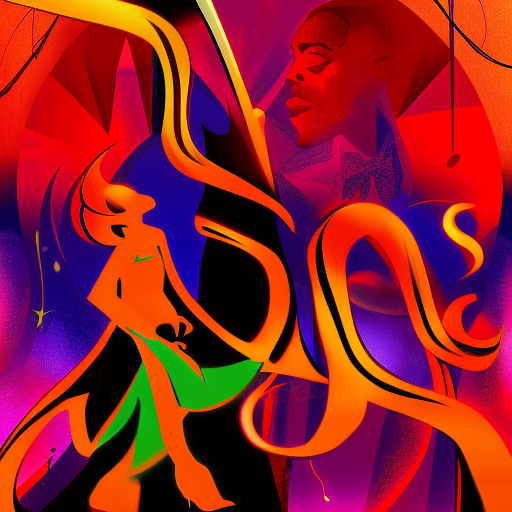Jazz: A Melodic Journey Through History, Culture, and Emotion
Jazz, a captivating book written by a renowned music historian, takes readers on a melodic journey through the rich history, cultural significance, and emotional depth of this iconic genre. From its humble beginnings in African American communities to its global influence, this book explores the evolution of jazz and its impact on society. Through vivid storytelling and insightful analysis, the author delves into the lives of jazz legends, the social and political context of different eras, and the enduring power of this unique art form.
The Birth of a Musical Revolution
The book begins by tracing the roots of jazz back to its birthplace, New Orleans, in the early 20th century. With its fusion of African rhythms, European harmonies, and improvisation, jazz emerged as a revolutionary form of expression. The author highlights the contributions of influential figures such as Louis Armstrong, Duke Ellington, and Jelly Roll Morton, who shaped the early development of jazz and paved the way for future generations.
As jazz spread across the United States, it became a symbol of African American culture and resilience. The author explores the challenges faced by black musicians in a racially segregated society, including the emergence of jazz clubs and the struggle for recognition and acceptance. Through personal anecdotes and historical accounts, the book vividly captures the spirit of the jazz age and the vibrant energy of the music.
The Golden Age and Beyond
The book then delves into the golden age of jazz, a period spanning the 1920s to the 1940s, when the genre reached new heights of popularity and innovation. The author explores the rise of big bands, the birth of swing, and the emergence of iconic jazz vocalists such as Billie Holiday and Ella Fitzgerald. This era also witnessed the birth of bebop, a more complex and experimental style of jazz that challenged traditional conventions.
Moving beyond the golden age, the book examines the evolution of jazz in the post-war era and its continued relevance in the modern world. From the cool jazz of the 1950s to the avant-garde movements of the 1960s and beyond, the author explores the diverse styles and influences that have shaped jazz over the decades. The book also highlights the global impact of jazz, from its influence on Latin American music to its role in the civil rights movement.
The Power of Jazz: A Universal Language
Throughout the book, the author emphasizes the universal appeal of jazz and its ability to transcend cultural and linguistic barriers. Jazz has the power to evoke a wide range of emotions, from joy and celebration to introspection and melancholy. It has the ability to connect people from different backgrounds and create a sense of unity and shared experience.
Key takeaways from Jazz include:
- Jazz is a uniquely American art form that has had a profound impact on music and culture worldwide.
- The genre emerged from a fusion of African and European musical traditions, and its development was shaped by social and political factors.
- Jazz has been a vehicle for African American expression and a catalyst for social change throughout history.
- The genre continues to evolve and adapt, incorporating new influences and pushing artistic boundaries.
- Jazz has the power to evoke a wide range of emotions and create a sense of connection and unity among listeners.
In the words of jazz legend Louis Armstrong, “Jazz is played from the heart. You can even live by it. Always love it.” This quote encapsulates the essence of jazz as a deeply personal and emotive art form. Jazz is not merely a genre of music; it is a reflection of the human experience, a celebration of creativity, and a testament to the power of cultural expression. Through its exploration of history, culture, and emotion, Jazz offers readers a comprehensive and captivating journey into the heart and soul of this extraordinary musical genre.












